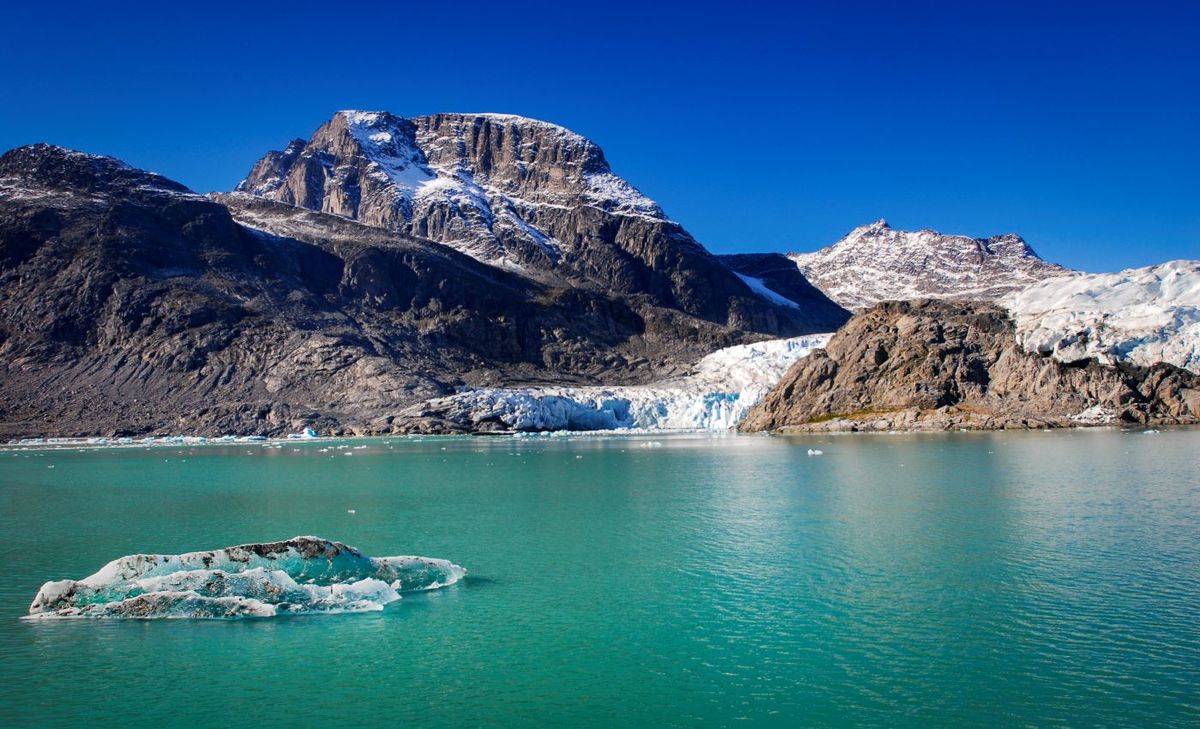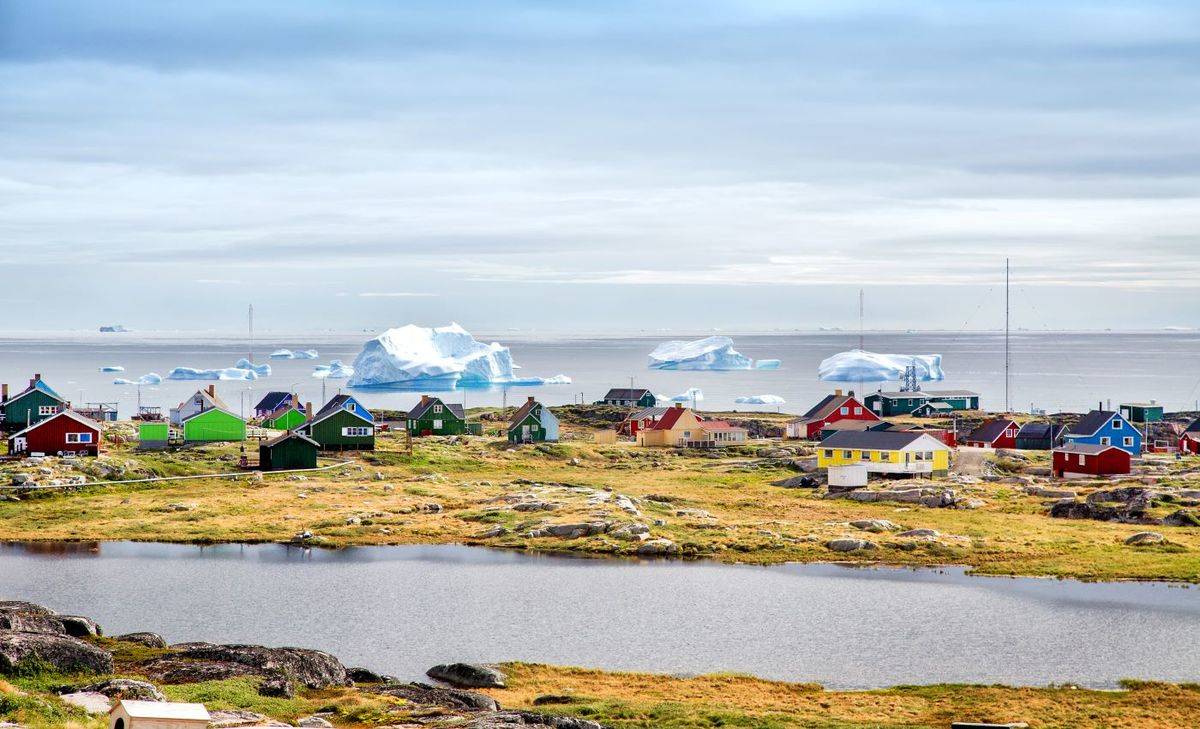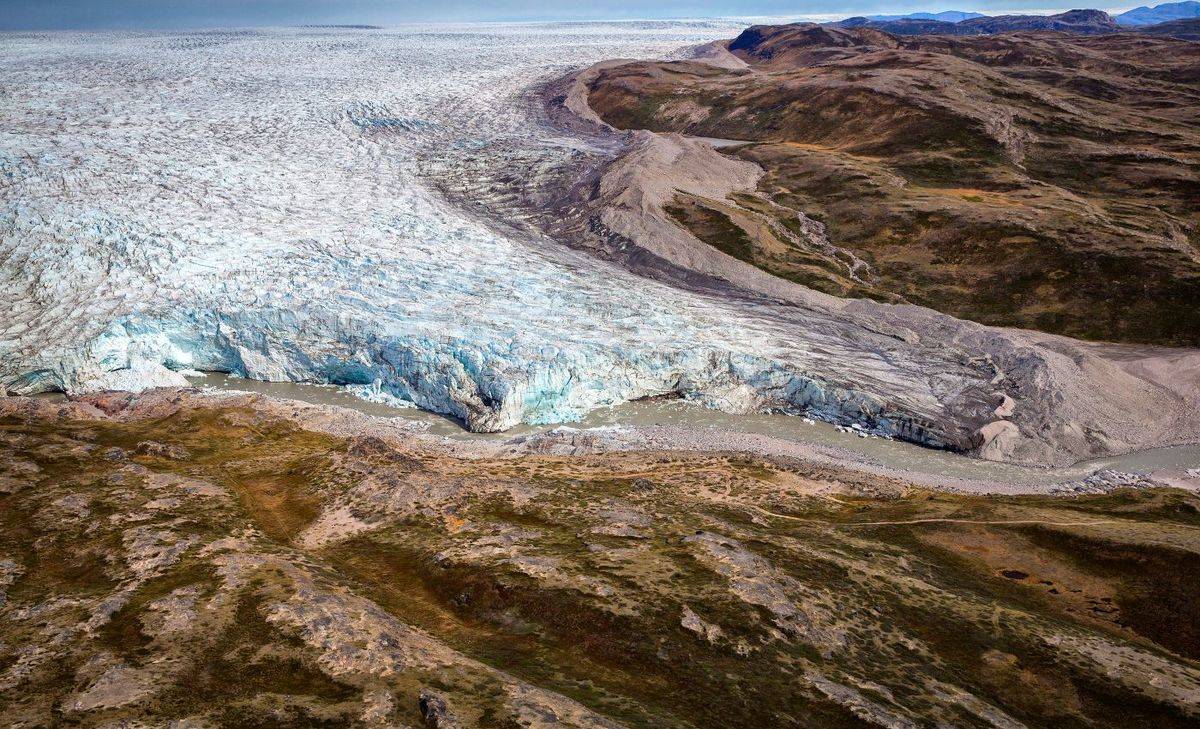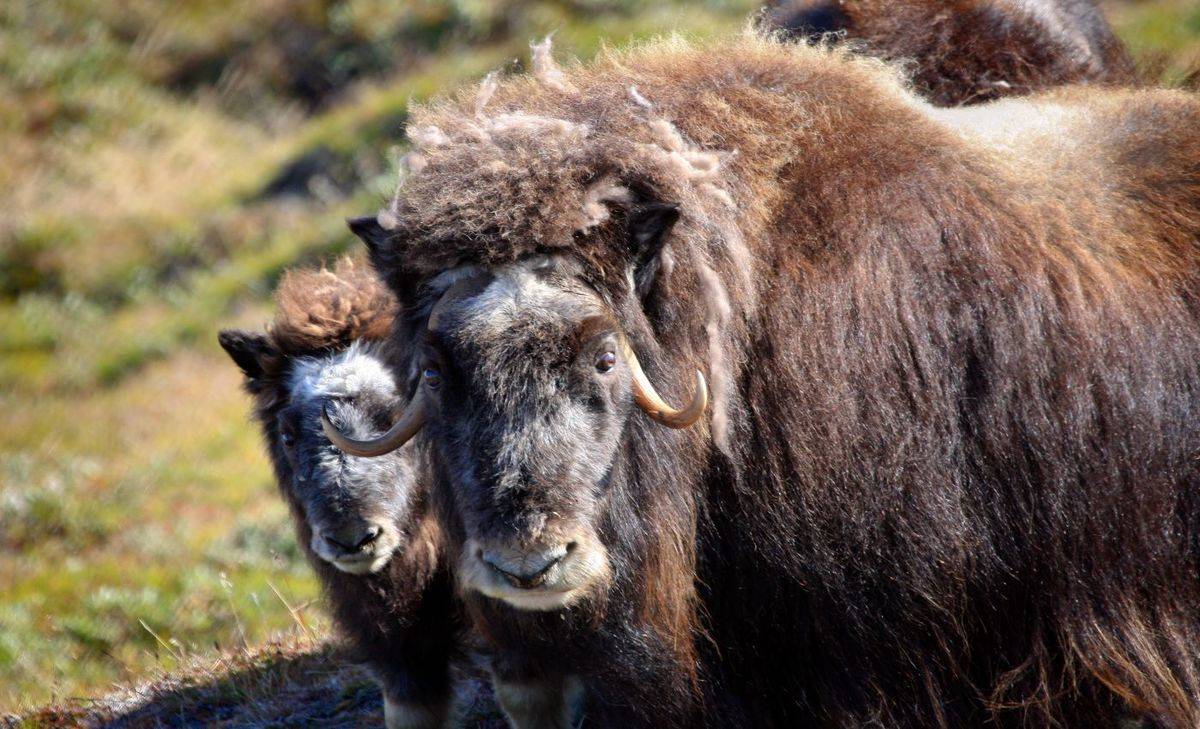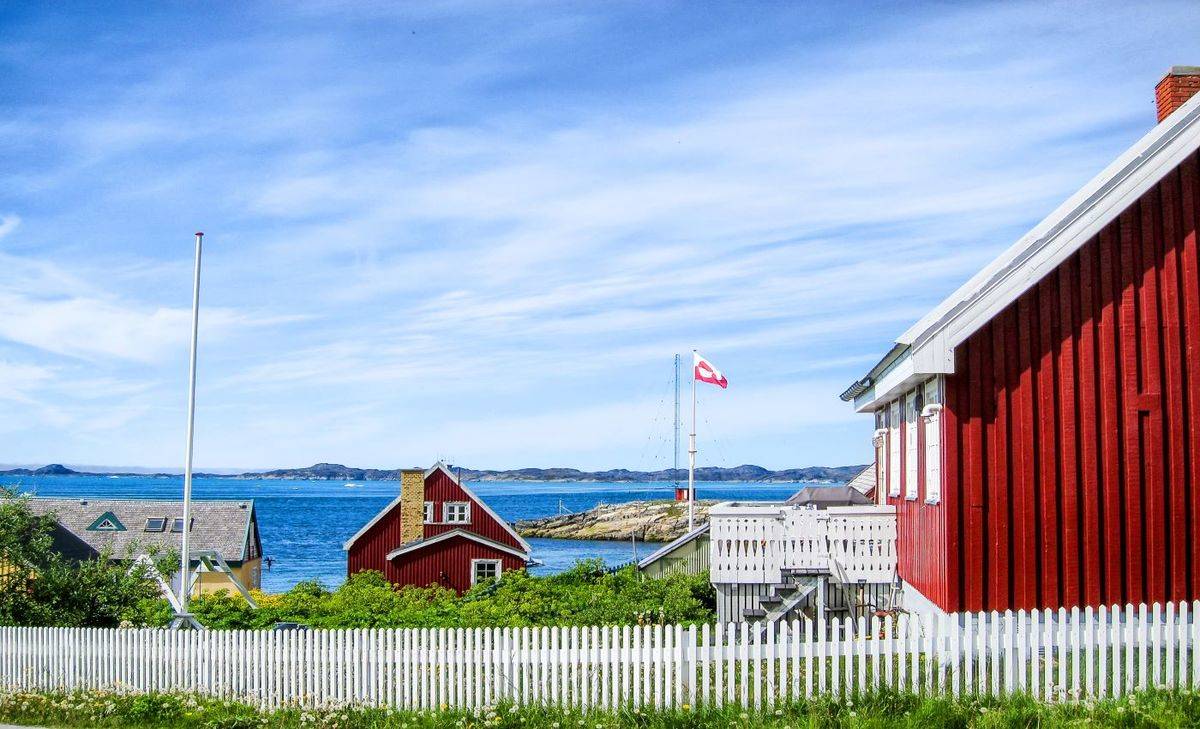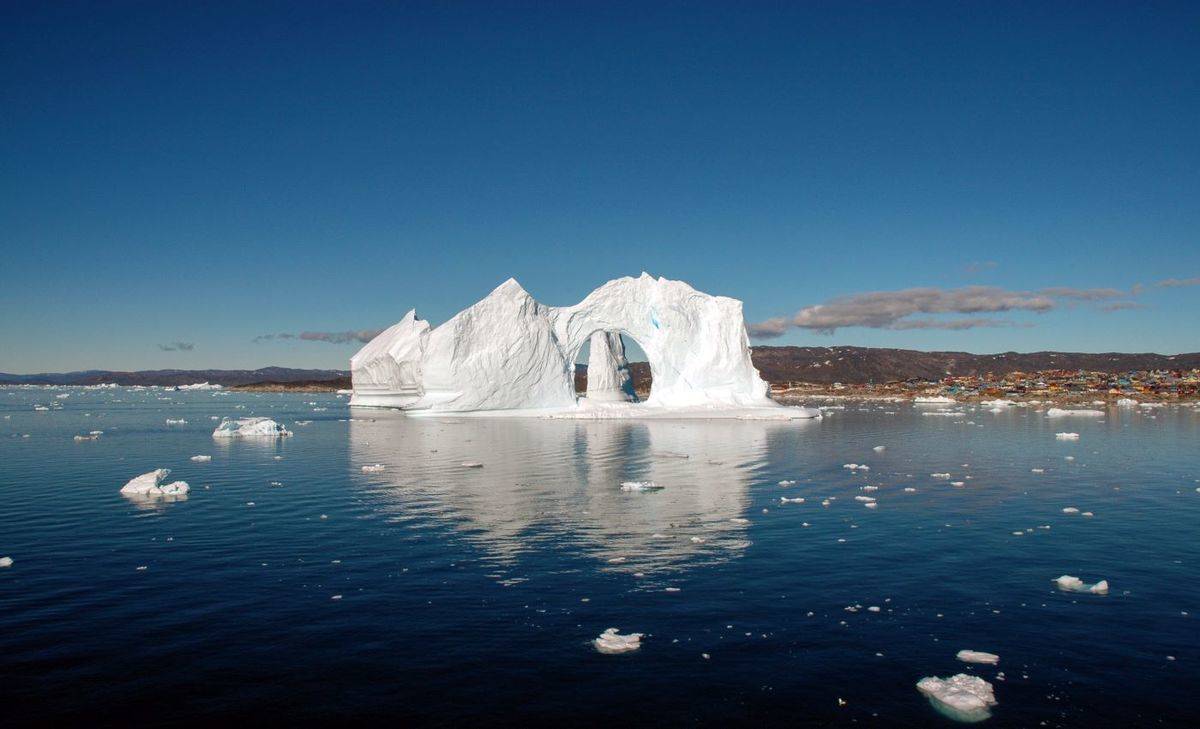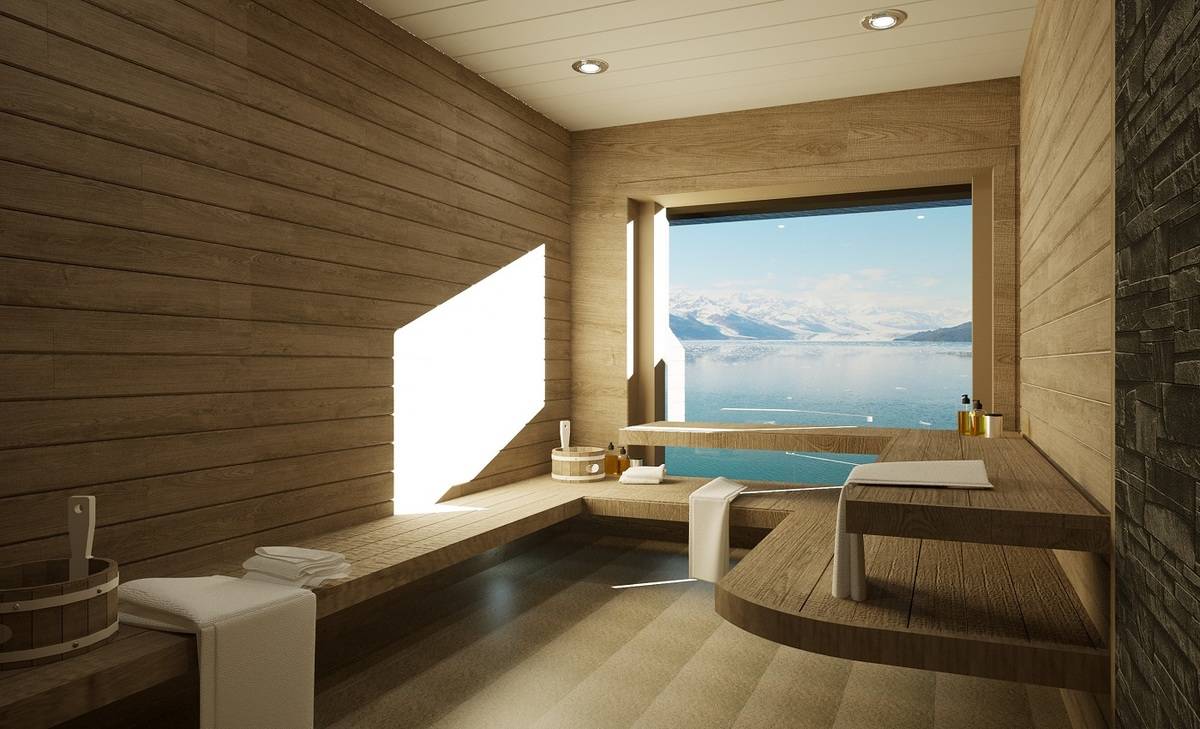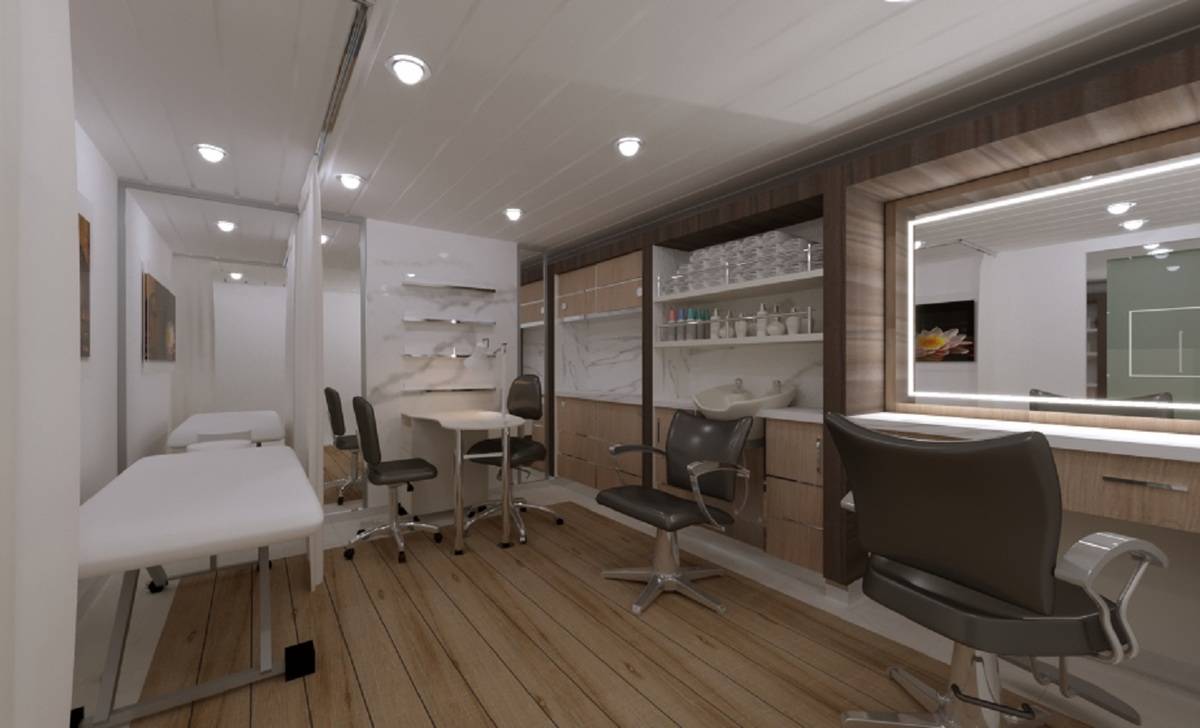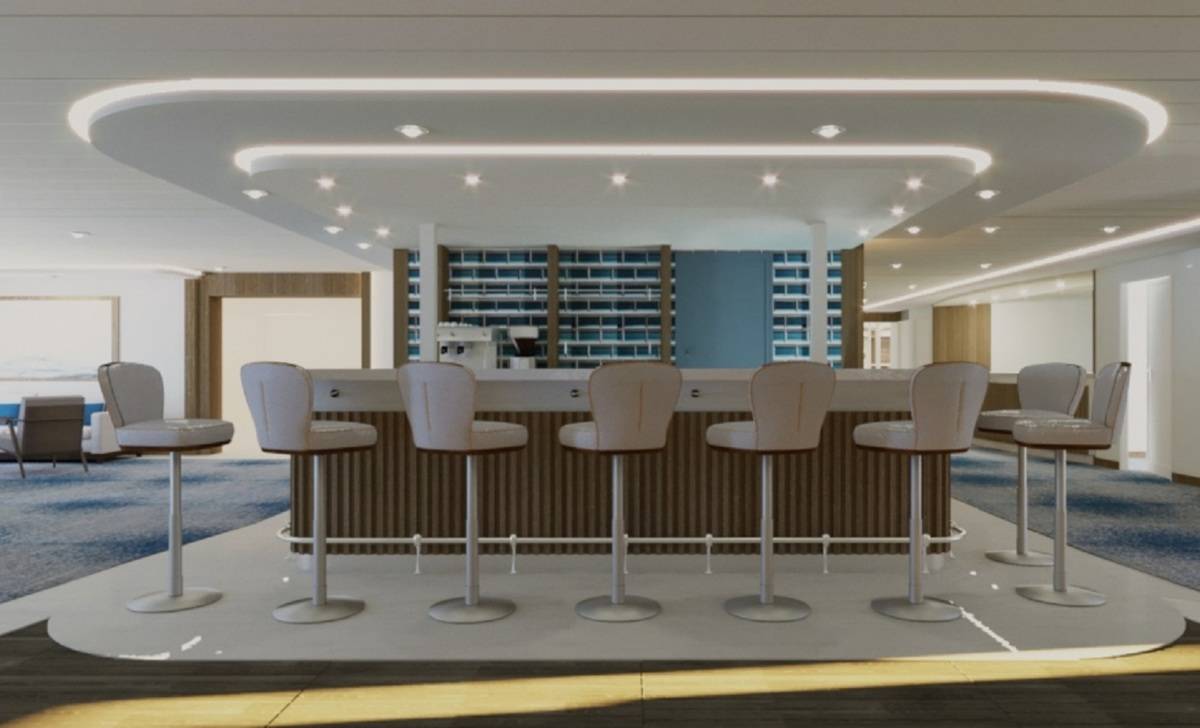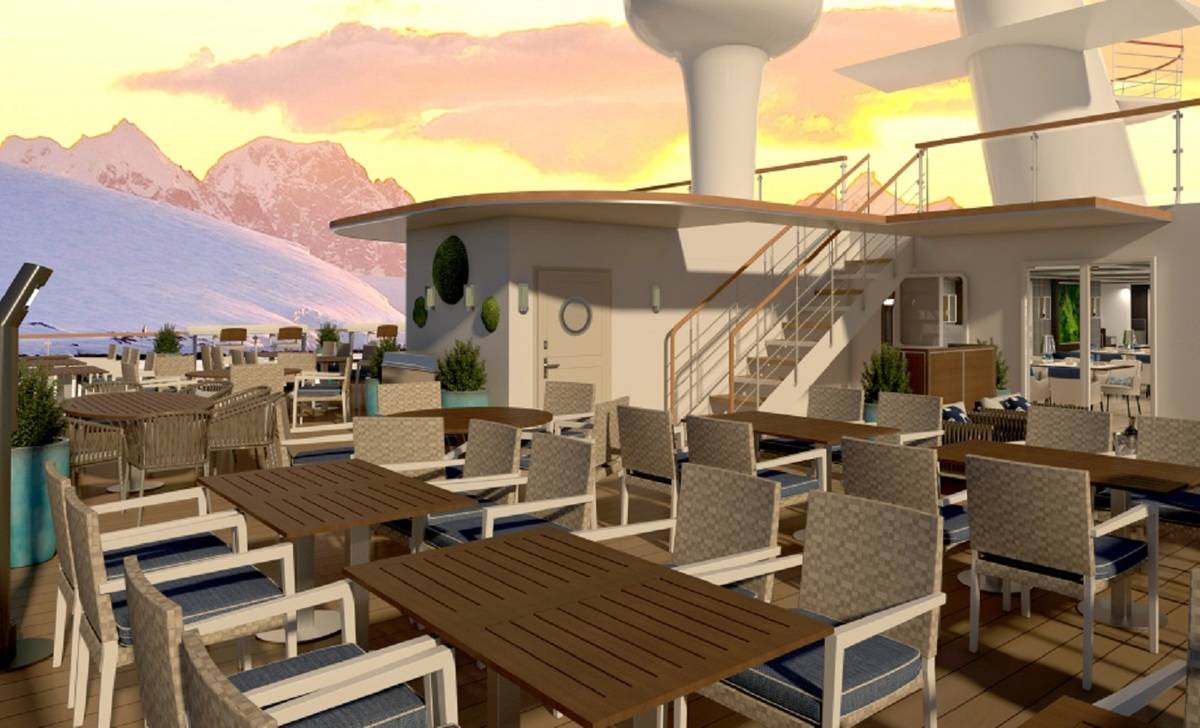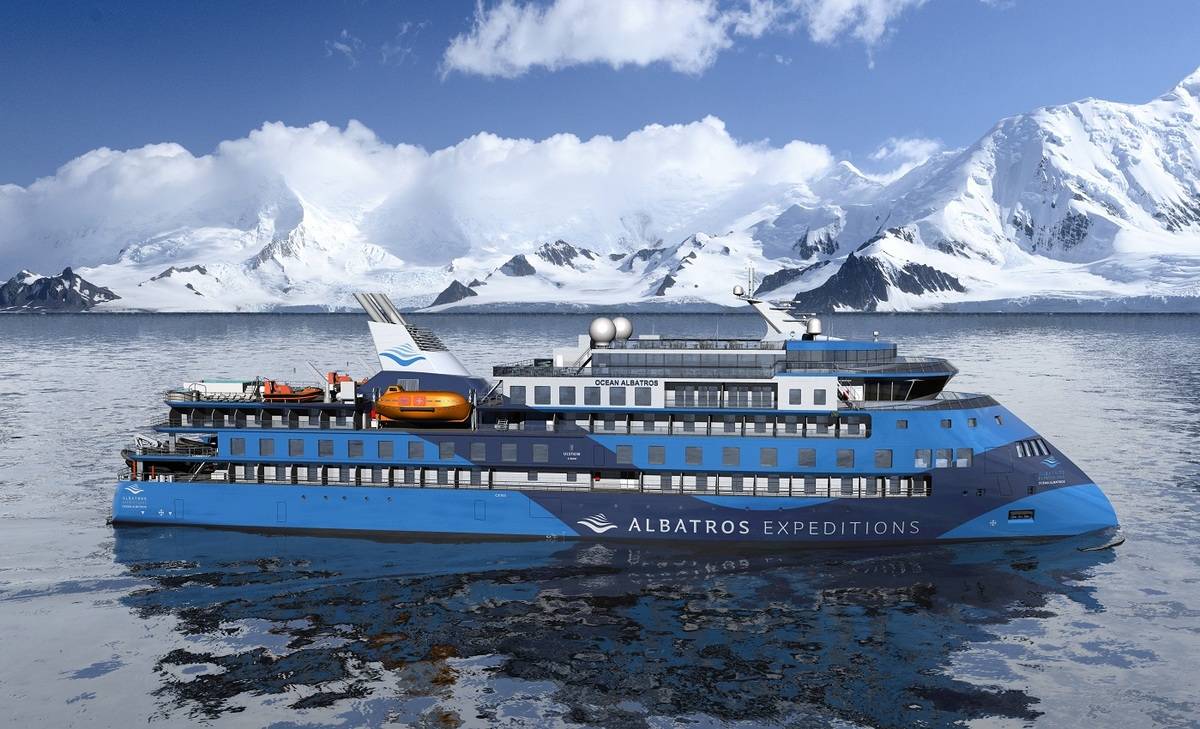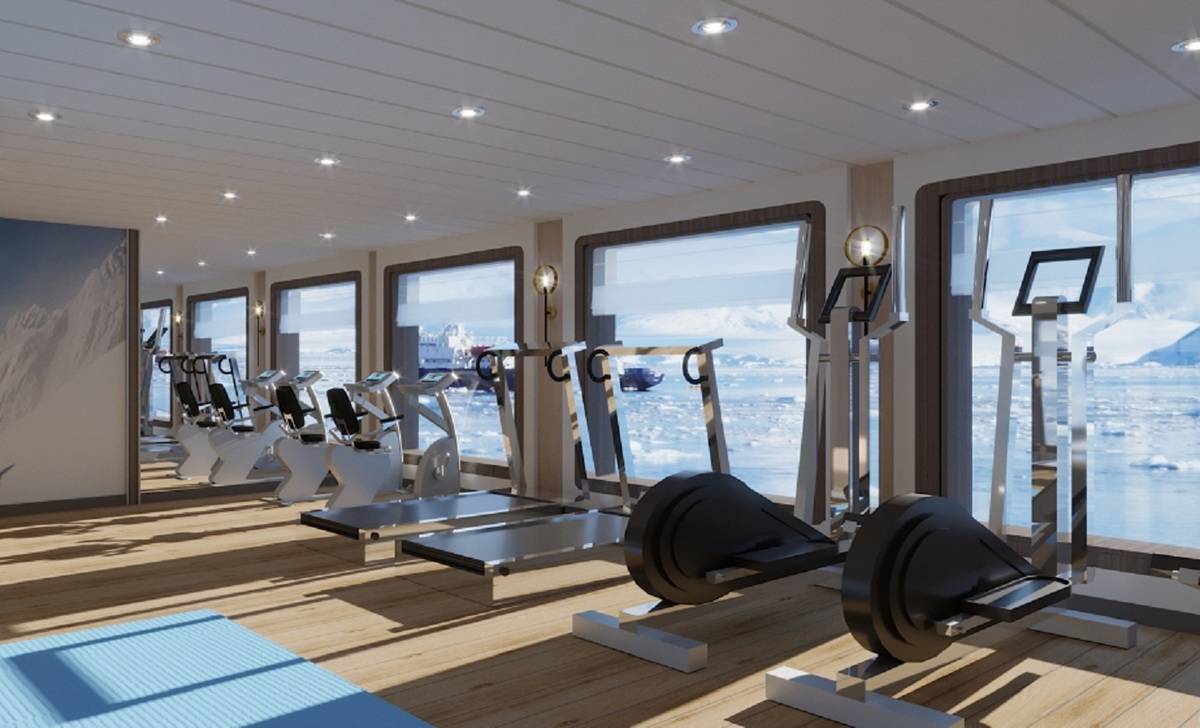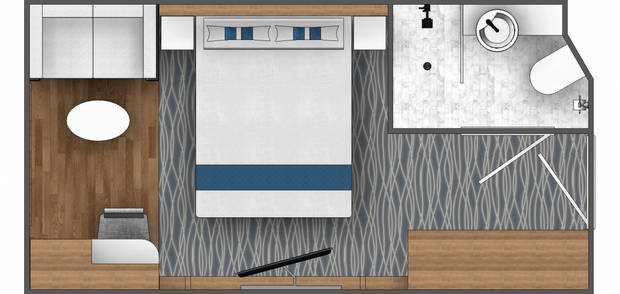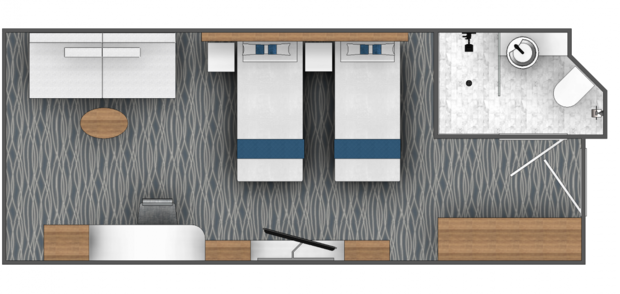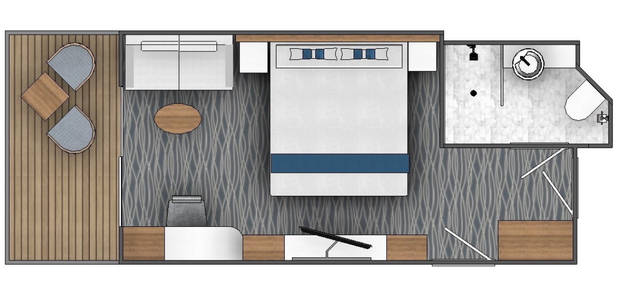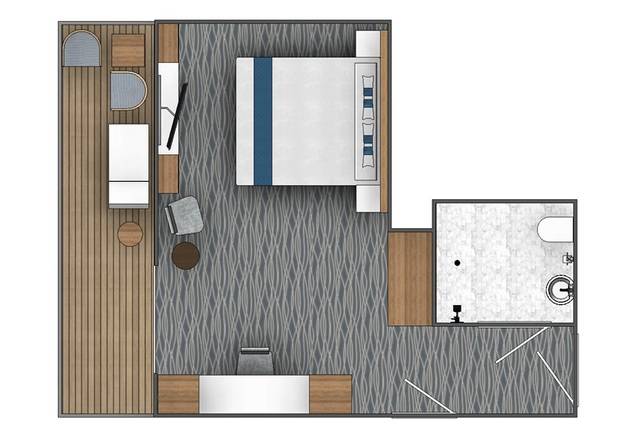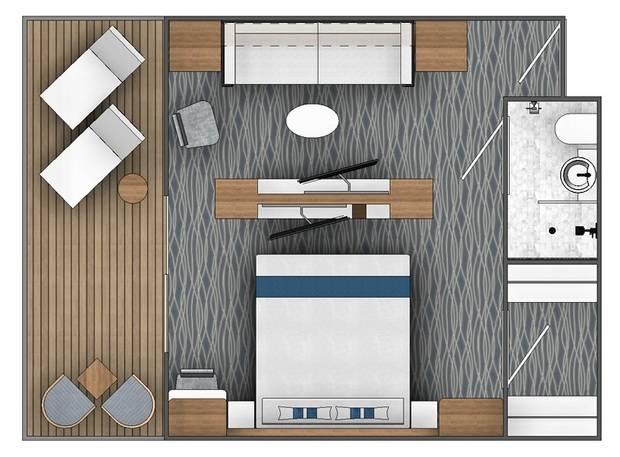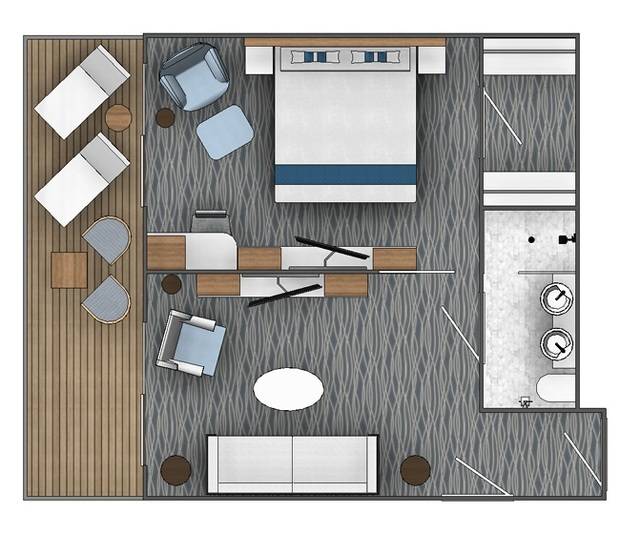In the Wake of Eric the Red: Iceland to Greenland
11 Days - Ocean Albatros
Join us on an expedition cruise from Reykjavík to Kangerlussuaq, which follows the same maritime course set by Norse settlers over a thousand years ago. After crossing Danmark Strait between Iceland and Greenland, we will visit Skjoldungen island on the Greenlandic east coast. Further south we will pass from East Greenland to West Greenland though the dramatic Prince Christians Sound. Heading north along the coast we will visit the capital of Greenland, one of the smallest in the world. In the Disko Bay, we will experience local folk dancing in Qeqertarsuaq and sail to the renowned Eqi Glacier. At the Sermermiut Plain we will have the chance to admire the World Heritage Site of the Ilulissat Icefjord and the dazzling icebergs in the late evening sun. Finally, we enter the long fjord of Kangerlussuaq, where we can hope for a glimpse of the muskoxen and reindeers roaming the tundra along the Greenland Icecap.
from USD $6590pp
Home » 11 Day Ocean Albatros: In the Wake of Eric the Red: Iceland to Greenland
Itinerary Highlights
- Stop by Skjoldungen, one of the most beautiful areas in East Greenland
- Visit ruins of the Norse people, a civilisation which disappeared in the 1400s
- Spot humpback whales in the Nuuk Fjord
- Enjoy Nuuk, the capital city of Greenland and the smallest capital in the world
Itinerary in Brief
- Day 1: Embark in Reykjavik, Iceland
- Day 2: Crossing the Denmark Strait
- Day 3: Skjoldungen & Saqqisikuik
- Day 4: Prince Christian Sound
- Day 5: South Greenland, Eric the Red's Brattahlid at Qassiarsuk
- Day 6: Nuuk
- Day 7: Greenlandic West Coast
- Day 8: Ququrtarsuaq on Disko Island & Eqip Sermia Glacier
- Day 9: Ilulissat
- Day 10: Sarfannguit
- Day 11: Disembark in Kangerlussuaq & Fly to Reykjavik
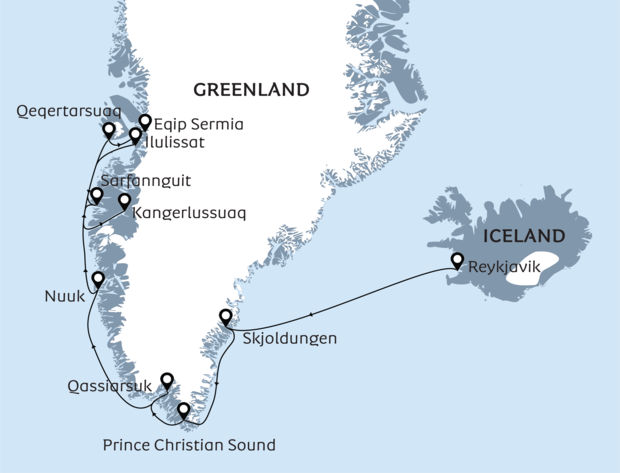
Day 1: Embark in Reykjavik, Iceland
In the afternoon, we board our vessel in Reykjavík and set our course westbound for Greenland.
Day 2: Crossing the Denmark Strait
Our lecturers onboard will make inspiring and enriching presentations about both Iceland’s and Greenland’s past history and about nature, wildlife and climatology.
Day 3: Skjoldungen & Saqqisikuik
The island of Skjoldungen is without doubt one of most beautiful areas in East Greenland. Situated at 63° N, the island is surrounded by narrow, steep fjords and glaciers, and with plenty of the cool, crisp and clean air of the ever present and nearby ice sheet. Still, we will find and experience a lush landscape and a milder climate than most would expect. Acclaimed Norwegian explorer Fridjof Nansen came here in late summer 1888 in search of a suitable ascension point for the first inland ice crossing.
Skjoldungen is also the name of an abandoned settlement, located on the southwest side of the island. Up to 100 people lived here until 1965, and some houses remain. We continue our journey to Dronning Marie Dal in the area's northwestern corner to get a closer view of its interesting flora.
After Skjoldungen and Ilertakajik fjord, the Alpine peaks and mountainous landscape diminish and from here, we will find that over large stretches, the ice sheet reaches all the way to the shoreline, forming cohesive ice shelfs, a type of icy landscape that some travelers who have been to Antarctica will probably recognize.
Bernstorff Icefjord: The most productive glacier on the SE coast, but we keep a good distance to big icebergs in these ice-infested waters.
Day 4: Prince Christian Sound
Kap Farvel, or Cape Farewell, is renowned not only as Greenland's southernmost point, but also for its infamous, although mostly seasonal, gale-force winds.
We deliberately opt for a far more comfortable but at the same time more spectacular route, cruising via the inside passage through the Prince Christian Sound. This 60 km long waterway, from the Atlantic in the east, to the settlement Aapilattoq in the heart of the fjordlands of South West Greenland.
The sound has steep mountainsides, and many adventurous kayakers have had to turn around because of a very limited number of landing sites available. The old weather station of Prince Christian Sound, manned until a two years ago by sturdy meteorologists, is another classic point-of-interest along this itinerary.
Day 5: South Greenland, Eric the Red's Brattahlid at Qassiarsuk
Early in the morning we sailed into Eriksfjord, which in Greenland is called Tunulliarfik. We throw anchor off Erik the Red's Brattahlíð settlement, where the Qassiarssuk village is today. Here we see, among other things, a reconstruction of Tjodhildur's church, which was the first church on the North American continent. There are also other ruins after the Norse people, which disappeared in the 1400s. Here one can really sense the path of history and wonder why the Norse people suddenly disappeared from Greenland.
It was from Brattahlíð that Erik and Tjodhildur's son Leif Eriksson, about 1000, went west and discovered Baffin Island, the Labrador coast and Newfoundland, before returning to South Greenland a few years later. Around lunch time we sail out of Eriksfjord close to Qooroq Isfjord.
Day 6: Nuuk
During the morning and day, we cruise north to reach Nuuk in the afternoon. As we enter the Nuuk Fjord we have fair chances of encountering the area's seasonal visitors: the humpback whales.
The world's smallest capital is in Greenland considered by many a mighty metropolis - a total of 17,000 people live here today, almost a third of the country’s population.
The area has been inhabited back to 2200 BC by pre-Inuit hunters. From year 1000 to 1350 AD, the Icelandic Vikings and farmers settled in South Greenland and in the Nuuk Fjord, while at the same time Inuit hunters of the Thule culture moved south from North Greenland. The Nordic settlers disappeared around 1350 AD, but the Inuit stayed, being far better equipped to hunt and survive in the tough Arctic nature.
Modern history of Greenland began in 1721, when the Norse missionary Hans Egede founded a permanent colony and trading station near Nuuk. In fact, Egede’s main purpose to return to Greenland was to convert the Catholic northerners to Lutherans, but soon after his arrival he realized the Norse had disappeared, a mystery yet unresolved.
In 1979, the Landsting (Parliament) was established in Nuuk, and the town was finally recognized as the country's capital.
Late in the night, we will leave the capital and continue our northbound journey.
Day 7: Along the Greenlandic West Coast
Today you will cruise along Greenland's west coast as you make your way to Disko Island1
Day 8: Qeqertarsuaq on Disko Island, 'Kaffemik' in a community centre & Eqip Sermia Glacier
Under Disko Island’s 1000-metre-high mountains we enter the protected natural habour that has the Danish name ‘Godhavn’ or Good Harbour and in Greenlandic ‘Qeqertarsuaq’ which means ‘The Big Island’.
Godhavn was until 1950 the most important town north of Nuuk, solely because of the large number of whales caught and landed here. This gave the town great wealth. Now it’s on the way to oblivion with declining job opportunities and connections to mainland.
The local community center hosts a traditional Greenlandic “kaffemik”, best described as a friendly gathering with coffee, cake and traditional dances and music.
Musicians from Greenland originally played on a drum (qilaat) made from an oval wooden frame covered with the bladder of a polar bear. Unlike other drums, the qilaat would be played by hitting the frame with a stick, and not the skin itself. This modest instrument was used for a variety of purposes, including entertainment, exorcism and witchcraft.
During the afternoon the ship heads east towards the giant glacier Eqip Sermia in the north-easterly corner of Disko Bay. This glacier is, without overstating, one of the most impressive in Greenland. Here you can experience a glacier calve up close, which is not possible in Ilulissat. Great crevasses, deep blue glacial streams, a landscape so unique and stunning that words are simply not sufficient. An outstanding opportunity to see, hear and smell this mighty ice world. In the evening, we will prepare for departure.
Day 9: Ilulissat
Ilulissat is possibly the most well located town in Greenland. The name simply means ‘icebergs’ in Greenlandic and the town’s nickname is rightly ‘The Iceberg Capital of the World’.
The icebergs come from the Icefjord, which is located a half hour’s hike south of Ilulissat. These impressive frozen structures are born some 70km deeper into the fjord by the enormous Sermeq Kujalleq glacier. This 10km-wide glacier is the most productive glacier outside of Antarctica. Whereas most glaciers only calve at a rate of approximately a meter a day, the Ilulissat glacier calves at a rate of 25 meters per day. The icebergs produced by the glacier represent more than 10% of all icebergs in Greenland, corresponding to 20 million tons!
These facts, together with the fjord’s extreme beauty, have secured the Icefjord a place on UNESCO’s World Heritage List.
During the more than 250 years that have passed since the establishment of Ilulissat, the town has steadily flourished. Today, Ilulissat is Greenland’s third largest town with more than 4,500 inhabitants. The town is very vibrant, welcoming and lively, with a wide range of cultural attractions, according to Greenlandic standards. The legendary polar explorer, Knud Rasmussen, and his good friend, Jørgen Brønlund, were both born in Ilulissat.
On this day, you will also have the opportunity to join a boat trip to the Icefjord. The journey takes about two and a half hours in total, and presents an opportunity to gain a closer look at the amazing ice-sculpted scenery. The trip is definitely something out of the ordinary and a great natural experience that you will remember for years to come - but be sure to remember warm clothes!
If a hike or a trip by boat does not present enough excitement, there is also an opportunity to arrange a helicopter ride over the Icefjord.
Please note the boat and flight excursions to the Icefjord are optional outings and therefore not included in the general tour price. Furthermore, the flight excursion must be booked in advance. Refer to Price Information for more details.
In the evening, we will cruise southward from “the Iceberg Capital”, leaving lovely Disko Bay in our wake.
Day 10: Sarfannguit
The settlement of Sarfannguit, which translates into "the place of the little stream” an appropriate name for a settlement nestled at the foothills of the mountains and glaciers in the distant backcountry. The settlement’s slightly more than 100 residents live off hunting, trapping and fishing, most often in pursuit of arctic char, reindeer and musk oxen.
Although Sarfannguit is quite remote, it lies within a few hours from Sisimiut, the second-largest town in Greenland. The accessibility to such a large town provides an indispensable economic benefit to a small community like Sarfannguit.
A stroll through the settlement offers insight into rural life in today’s Greenland, where modern conveniences and technological advancements, such as internet and smart phones have become commonplace, yet locals still place great value on important customs and preserving their traditions and their Inuit heritage.
We will continue our journey toward the fjord of Kangerlussuaq, also known as Sondre Stromfjord. Especially the first part of the fjord gives a great opportunity to enjoy an impressive passage with panoramic views of high mountains and deep valleys.
Day 11: Disembark in Kangelussuaq & Fly to Reykjavik
During the night, we will have completed our passage through the 160-kilometer/100 mile Kangerlussuaq Fjord. After breakfast aboard the ship, we will bid farewell to the ship's staff and the Zodiac boats will shuttle us to shore.
Due to Kangerlussuaq’s military history and present-day role as an important air travel hub, Kangerlussuaq remains fairly isolated from Greenland’s rich cultural traditions in comparison to other regions. While you still find cultural experiences when visiting Kangerlussuaq, the most impressive attraction is the surrounding nature, which is just beckoning to be explored.
It is not difficult to see that Kangerlussuaq’s landscape has largely been shaped by the last glaciation period, often known simply as the “Ice Age,” some 18,000 years ago. The mountains are rounded and soft, and many meltwater lakes remain. From the inland ice sheet, best known as the Greenland Ice Sheet, the meltwater cuts its way through the porous moraine landscape and flows into Kangerlussuaq Fjord.
Kangerlussuaq’s present-day climate is largely impacted by its well-sheltered location between Greenland’s Ice Sheet, the fjord and mountains. This contributes to its stable conditions, minimal cloud presence and roughly 300 clear nights per year.
In Kangerlussuaq we offer an optional excursion to the beautiful Reindeer Glacier. The duration of the excursion is about four hours.
Please note the excursion is not included in the general tour price. Refer to Price Information for more details. We do not recommend this excursion for people who suffer from bad necks or backs, as the gravel road to the ice sheet is occasionally bumpy and uneven.
As our time in Greenland concludes, we will fly from Kangerlussuaq to Reykjavík Airport, Iceland, and your Arctic adventure will have concluded.
| Dates | Cabin | From | Special Offer |
|---|---|---|---|
| 29 Jul 2023 - 08 Aug 2023 | USD $6590pp | Save 15% | |
| Triple Porthole Cabin (F) | USD $6590pp | Contact us | |
| Albatros State Cabin (D) | USD $8490pp | Contact us | |
| French Balcony Suite (E) | USD $8790pp | Contact us | |
| Balcony State Cabin (C) | USD $8067pp | Save 15% | |
| Single Porthole Cabin (G) | USD $9990pp | Contact us | |
| Balcony Suite (B2) | USD $9002pp | Save 15% | |
| Balcony Suite (B1) | USD $10617pp | Save 15% | |
| Junior Suite (A) | USD $11892pp | Save 15% | |
| Premium Suite (PS) | USD $14442pp | Save 15% | |
**Prices are per person based on twin / shared accommodation.
**Single supplements may apply
Cabin Details
Single Porthole Cabin (G)
14m2, 1 single bed, deck 3, bathroom, desk, TV, close to mudroom
Triple Porthole Cabin (F)
22m2, 2 single beds or one double, 1 sofa bed, en-suite, deck 3, desk, TV.
French Balcony Suite (E)
16m2, 1 double bed or 2 single beds, en-suite, floor to ceiling windows, desk, TV, deck 7
Albatros State Cabin (D)
22m2, 1 double or 2 single beds, deck 3, bathroom, TV, desk, convenient access to zodiac platform.
Balcony State Cabin (C)
24m2, 1 double bed or 2 single beds, sofa, decks 4 & 6, private balcony, bathroom, TV.
Balcony Suite (B2)
28m2, 1 double bed or 2 single beds, decks 4 & 6, bathroom, private balcony, seating area, TV.
Balcony Suite (B1)
35m2, 1 double bed or 2 single beds, deck 4, bathroom, private balcony, seating area, TV.
Junior Suite (A)
42m2, 1 double bed or 2 single beds, sofa bed, deck 7, seating area, spacious bathroom, private balcony, TV.
Premium Suite (PS)
45m2, 2-bedroom suite, 1 double bed or twin beds, sofa bed, table and chair, private balcony, bathroom with bathtub, deck 4, TV, sitting area, desk
Single Balcony State Cabin (H)
24m2, 1 double bed, sofa, decks 4 & 6, private balcony, bathroom, TV.
Ocean Albatros Deckplan
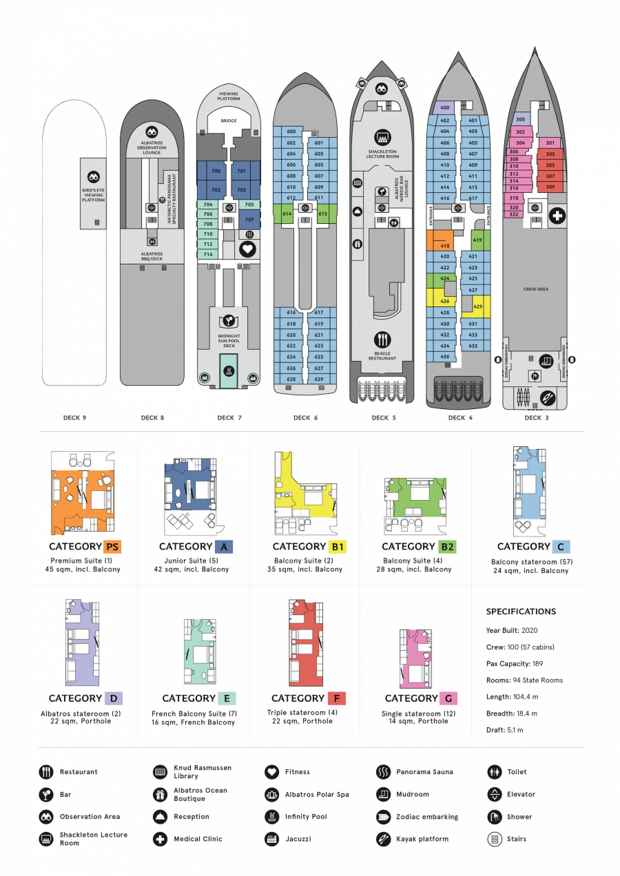
Specifications
- Year Built: 2020
- Passengers: 189
- Crew: 100
- Length: 104.4m
- Breadth: 18.4m
- Draft: 5.1m
Whats included?
- 11-day/10-night cruise in a shared outside double stateroom with bathroom/toilet.
- Flight Kangerlussuaq - Keflavík.
- Slow-cruising in Zodiacs in fjords.
- Briefings and guided walks by tour leaders.
- English-speaking guides.
- Inspiring and enriching presentations onboard by qualified lecturers.
- Town and settlement tours in Qassiarsuk, Nuuk, Qeqertarsuaq, Ilulissat & Sarfannguit.
- Church visit and ‘kaffemik’ in Qeqertarsuaq.
- Full board on the ship.
- Free coffee, tea and afternoon snacks on the ship.
- Taxes and tariffs.
What’s not included?
- International flights, other than those mentioned under inclusions.
- Hotel accommodation in Iceland.
- Travel insurance.
- Cancellation insurance.
- Extra excursions and activities not mentioned in the itinerary.
- Single room supplement.
- Meals not on board the ship.
- Beverages (other than coffee and tea).
- Tips for the crew (we recommend USD 14 per person per day).
- Personal expenses.
- Anything not mentioned under 'Price includes'.


